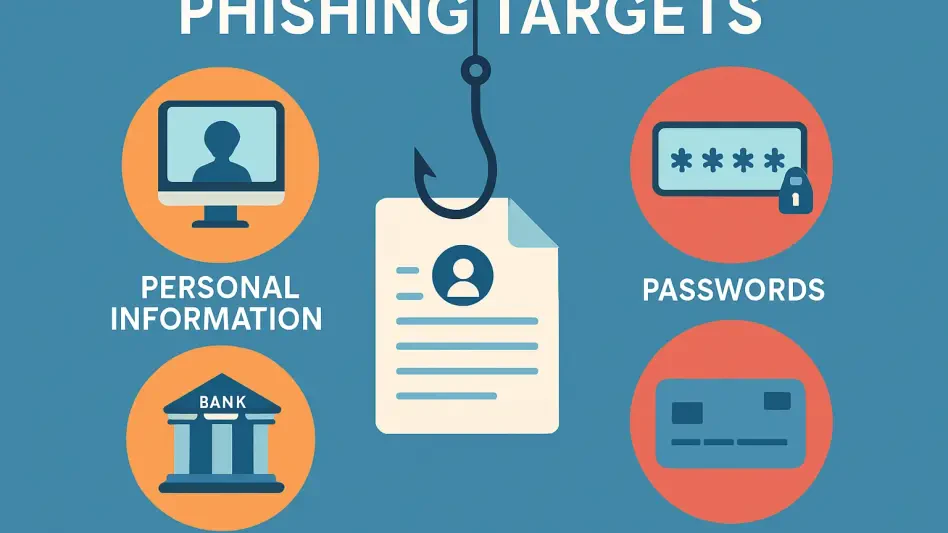Imagine a cyber threat so sophisticated that it can bypass even the most robust two-factor authentication systems, stealthily infiltrating high-value accounts with alarming precision. A recently uncovered Phishing-as-a-Service (PhaaS) framework has emerged as a formidable challenge to cybersecurity defenses, specifically targeting Microsoft 365 accounts across critical industries like finance, healthcare, and government. This tool, discovered by researchers, employs cutting-edge evasion tactics and multi-stage attack methods to steal credentials and enable unauthorized access. Operating on a global scale, its campaigns have been observed affecting regions such as the United States, Europe, Latin America, and India. The rise of such advanced phishing frameworks signals a troubling evolution in cybercrime, where attackers continuously adapt to outmaneuver traditional security measures. As organizations rely heavily on cloud-based platforms, understanding and countering this threat becomes paramount to safeguarding sensitive data.
Unpacking the Sophisticated Attack Mechanism
Delving into the operational intricacies of this phishing framework reveals a highly complex and evasive attack methodology designed to thwart detection. The process often begins with a deceptive Cloudflare Turnstile prompt, luring users into interacting with malicious content, followed by cleverly hidden JavaScript snippets embedded within HTML filler noise—random text meant to confuse static analysis tools. Every stage of the attack is shrouded in obfuscation, utilizing techniques like Base64 encoding and XOR encryption to mask malicious intent. Furthermore, dynamically generated identifiers for page elements and intricate jQuery calls add layers of difficulty for security analysts attempting to dissect the code. The framework also actively blocks debugging tools and detects execution delays that might indicate a controlled or monitored environment. This level of technical sophistication underscores a deliberate effort by attackers to stay ahead of conventional cybersecurity defenses, highlighting the urgent need for more dynamic and adaptive detection strategies.
Evolving Defenses Against Modern Phishing Threats
Reflecting on the emergence of such advanced phishing tools, it has become evident that static indicators of compromise are no longer sufficient to combat these elusive threats. The ability of this framework to intercept diverse two-factor authentication methods—ranging from SMS-based one-time passwords to voice call verifications and app-based notifications—demonstrates a strategic focus on exploiting human and technological vulnerabilities. Its infrastructure, involving phishing pages on compound subdomains and data exfiltration through distinct server communications, shows a calculated approach to maximizing impact. In response, the cybersecurity community has shifted toward behavior-based detection methods, which have proven more effective in identifying anomalous activities over time. Moving forward, organizations must prioritize investing in such innovative solutions, alongside continuous employee training to recognize phishing attempts. By fostering a proactive security culture and leveraging advanced analytics, defenders can better anticipate and mitigate the risks posed by these evolving cyber threats.








